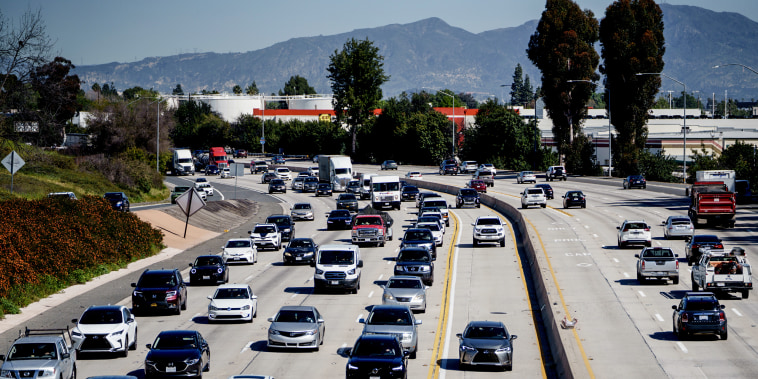
Revving Up Inflation: The Impact of Auto Insurance Costs
In recent years, the rise in auto insurance prices has been a topic of concern for many consumers and experts alike. The impact of these increasing costs is not limited to just individual policyholders, but it plays a significant role in the broader economic landscape as well. From a macro perspective, the correlation between auto insurance prices and inflation is becoming more evident, shedding light on the various factors driving this trend.
One key factor contributing to the surge in auto insurance prices is the rise in vehicle repair costs. With the complexity of modern vehicles increasing and the incorporation of advanced technologies, repairing even minor damages has become considerably more expensive. Insurance providers often pass on these rising repair costs to consumers through higher premiums, thereby perpetuating the cycle of inflation in auto insurance prices.
Moreover, the frequency and severity of accidents have a direct impact on insurance pricing. As roads become more congested and distracted driving becomes increasingly common, the likelihood of accidents occurring rises. This trend is further exacerbated by factors such as inclement weather conditions and inadequate infrastructure. The resulting increase in claims payouts puts additional strain on insurance companies, prompting them to adjust their pricing models to maintain profitability.
Additionally, the evolving regulatory landscape surrounding insurance practices also plays a role in driving up auto insurance prices. Insurance companies are subject to stringent oversight and must comply with a myriad of regulations, including those related to solvency requirements and consumer protection. The costs associated with ensuring compliance with these regulations are often passed down to consumers in the form of higher premiums, contributing to the overall inflationary pressure on auto insurance prices.
Furthermore, the broader economic environment, including factors such as interest rates and market volatility, can impact auto insurance pricing. Fluctuations in interest rates can affect insurers’ investment income, which in turn influences their premium-setting strategies. Similarly, market volatility can introduce uncertainty into insurers’ risk assessment models, potentially leading to adjustments in pricing to mitigate potential losses.
In conclusion, the correlation between auto insurance prices and inflation is a multifaceted issue influenced by various interconnected factors. The rising costs of vehicle repairs, the frequency of accidents, regulatory requirements, and the broader economic environment all contribute to the inflationary pressures on auto insurance prices. As consumers and policymakers seek ways to address these challenges, a comprehensive understanding of the underlying drivers is crucial in devising effective solutions to ensure the sustainability and affordability of auto insurance in the long run.
